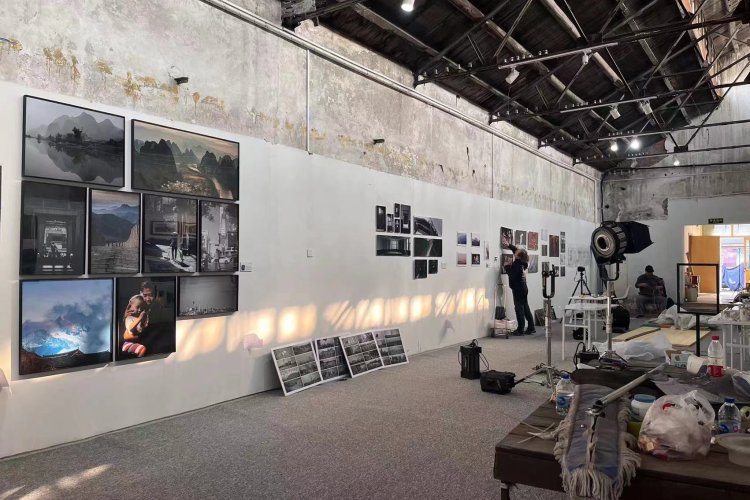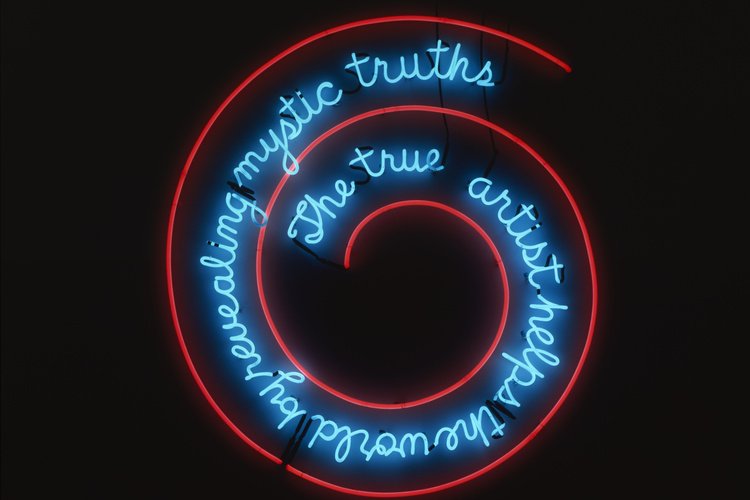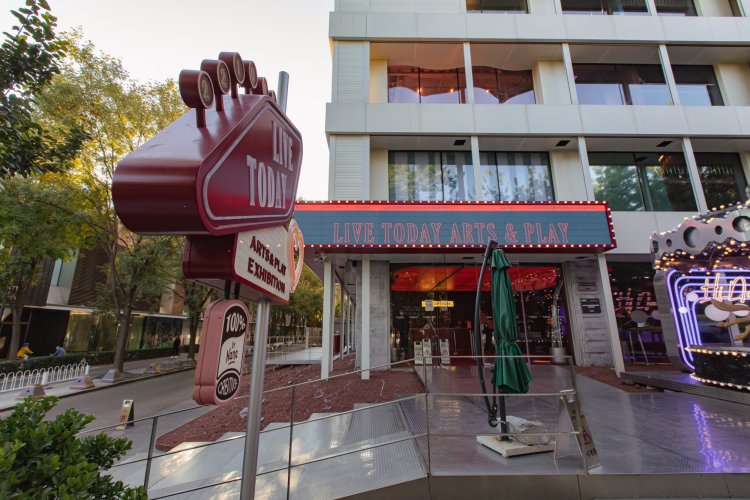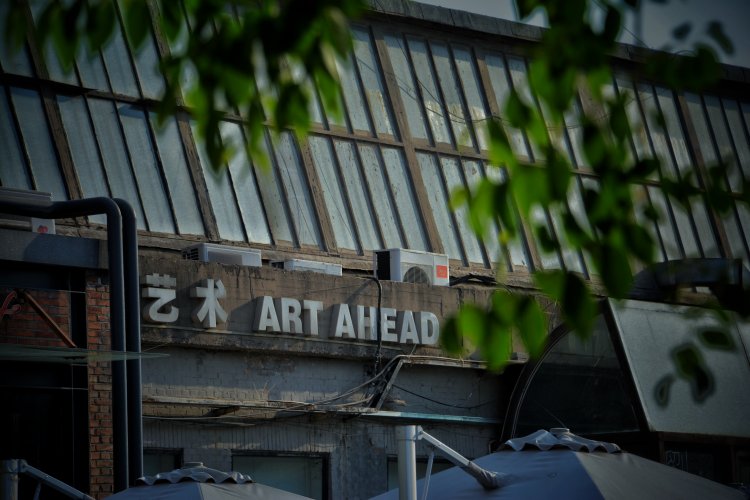Famous Scroll Painting Among Treasures to Be Displayed at the Forbidden City This Month
One of China’s most famous and seldom seen works of art will go on display at the Forbidden City today (September 15) until December 14.
A Thousand Li of Rivers and Mountains (千里江山 qiānlǐ jiāngshān), painted in 1113 by teenaged prodigy Wang Ximeng (1096-1119) has only been displayed three times since the Communist Party took power in 1949.
Despite his young age and brief career, Wang is considered one of the great talents in an era when even the emperor was an aspiring painter of some talent. According to legend, Wang was a student of the Emperor Huizong [r. 1100-1126] who unfortunately spent a little too much time in the art studio and not so much watching the northern borders of his empire. Huizong and his entire court was captured by Jurchen invaders from Northeast Asia and carried off to the newly established Jurchen capital at Zhongdu (present-day Beijing).
Wang Ximeng’s painting was one of the treasures of the imperial collection and was a particular favorite of the Ming and Qing Emperors. Displaying such a priceless treasure requires great care.
"Unrolling the scroll might cause the paint to peel, so the painting has to 'rest' for a long time before it can be shown again," Wang Zhongxu, an associate researcher at the museum, said at Monday’s press conference announcing the exhibit, according to the Global Times.
A special display has been installed, similar to last year’s exhibition of the equally famous scroll “Along the River during the Qingming Festival” (清明上河圖 qīngmíng shànghé tú) which drew huge crowds during the October holiday in 2015.
But the 11.9-meter masterpiece is only one of several exhibitions set to open in time for the October holiday, traditionally one of the peak weeks for visitors to the Palace Museum.
Also opening this month is an exhibition of paintings and calligraphy by Zhao Mengfu (1254-1322), a descendant of the ruling house of the Song Dynasty in the service of the Mongolian Empire following the conquest of China by Kublai Khan.
Another exhibit, running September 28 to January 3, will feature artifacts once belonging to the Hungarian aristocracy including items belonging to the ill-fated Empress Elisabeth – born in 1837 and married to the Austro-Hungarian Emperor Franz Joseph I at the age of 16; the unfortunate Empress was stabbed by the Italian Anarchist Luigi Lucheni in 1898.
The exhibit, featuring items on loan from the Hungarian National Museum and which had a previous stop in Shanghai over the summer, comprises 149 artifacts including clothing, weapons, jewels, and everyday items.
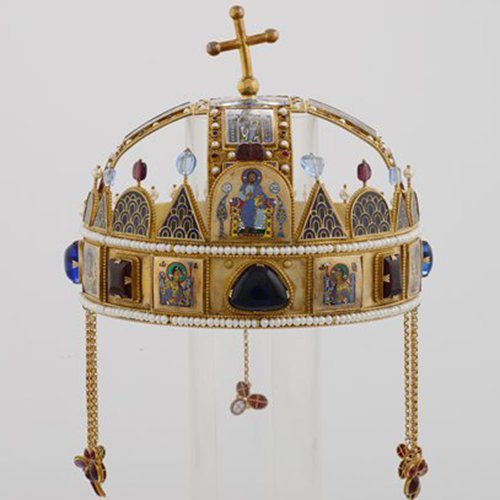
In 2015, during the exhibit of the “Along the River During the Qingming Festival,” lines formed early, and the Palace Museum often struggled with the increased demand for tickets for the Forbidden City, selling out some mornings by 10.30am.
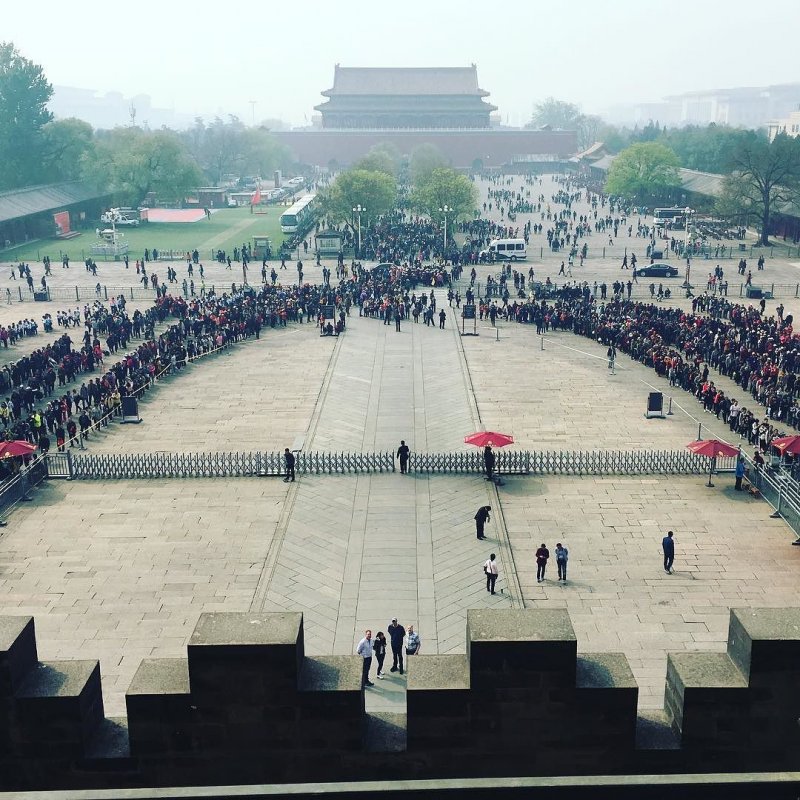
Those hoping to brave the lines and get a glimpse of these treasures will also need to navigate a new online ticketing system as the Palace Museum has announced they will phase out on-site ticket sales next month. Whether that will help ease the crush of humanity born of the collision of a “limited exhibition” and “peak tourist season” remains to be seen.
Jeremiah Jenne is a writer, educator, and historian based in Beijing since 2002. He is the proprietor of Beijing by Foot, a company which leads heritage walks and educational programs around the city. You can find him on Twitter @JeremiahJenne.




